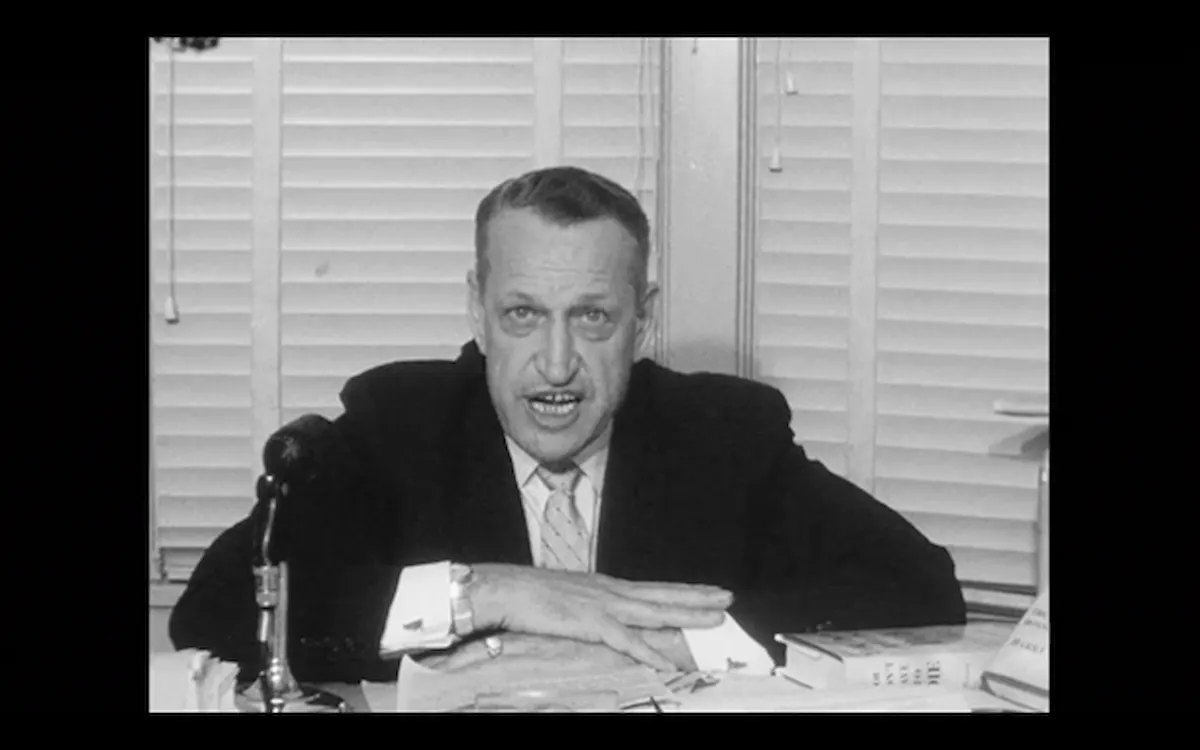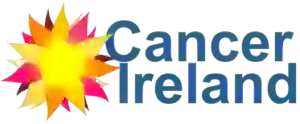
Hoxsey cancer treatment
What is Hoxsey cancer treatment?
Hoxsey’s plant-based remedies contain naturally occurring compounds with potent anticancer effects.
One formula is a paste which is applied directly onto skin cancer tumors, while the other is a tonic for internal use.
Hoxsey- the quack who cured cancer
Source: CANCERactive.com
This article is about the Hoxsey Diet Therapy, formulated from herbs and incorporating Red Clover. An investigative journalist sent to write an article rubbishing his work, became a convert and, instead, wrote an article entitled, ´Hoxsey – the quack who cured cancer´.
Hoxsey – the quack who cured cancer?
In 1988 the Office of Technology Assessment (OTA) of the United States Congress commissioned a report on the Hoxsey Therapy. It was the first federal agency to review the therapy and did it as part of a study into alternative cancer treatments. Patricia Spain Ward PhD a medical historian from the University of Illinois completed a background paper for Congress; this paper details the full story. Here is a summary:
Harry M Hoxsey (1901–1974) developed and practiced a cancer treatment. Since his death Mildred Nelson, his long-time nurse and assistant, has continued his work. In 1963 Hoxsey chose a site in Tijuana, where today stands the thriving Bio-Medical Centre, home of the therapy.
Hoxsey started life as a miner before turning to life as a healer in the 1920s. He believed that cancer was systemic – a disease of the whole body – and developed a herbal mixture to kill it off.
His first ‘therapy’ was in fact an external paste, made of antimony sulphide, zinc chloride, bloodroot and other occasional ingredients like arsenic sulphide, herbs and talc. With the help of Dr Frederick Mohs, a surgeon and the Dean of Wisconsin Medical School and several of its staff, he treated surface cancers that were then surgically removed with success. Hoxsey’s ‘red paste’ and the experiments were written up extensively in the 1940s. Dr Mohs published in 1941 in the Archives of Surgery and in 1948 in the Journal of the American Medical Association (JAMA).
However the AMA attacked and attacked, even claiming that Hoxsey and Mohs had used different pastes. One report claimed that Hoxsey’s active ingredient in the 1950s was arsenic, but it turned out the AMA was using an early 1920s paste! Hoxsey had developed a caustic treatment and was an ex-mining quack. Mohs was a doctor and a surgeon, and his treatment by contrast was acceptable. In fact both men were using sanguinarine, an alkaloid in bloodroot which has potent anti-tumour effects (Young 1967).
Worse, Hoxsey had an elixir for internal cancers. And he refused to tell people, especially the AMA, what was in it! In his autobiography in 1956 Hoxsey claimed his great-grandfather, a horse breeder, had cured his favourite stallion by giving him herbs from a particular field. Hoxsey Senior collected and mixed them but although he identified alfalfa, buckthorn, red clover and prickly ash he could not/did not name the others. Great-grandfather John had gone on to add yet more herbs and become a horse healer, and sometime human cancer healer too! Harry Hoxsey’s success as a healer, the wealth it created, and his refusal to divulge the exact ingredients of his elixir made him enemies in high places.
By 1950 the FDA used the courts to demand ingredient labelling and block interstate shipments. This forced Hoxsey to reveal all, and he detailed a core set of ingredients, with variant extras depending upon the individual and their type of cancer.
The basic solution was:
Cascar (Rhamnus Purshiana)
Potassium Iodide
The additions might include any of the following:
Poke root (Phytolaeca Americana)
Burdock root (Arctium lappa)
Berberis root (Berberis vulgaris)
Buckthorn bark (Rhamnus frangula)
Stillingia root (Stillingia sylvatica)
Prickly ash bark (Zanthoxylum Americanum)
Both the AMA and FDA dismissed the potion as “worthless, without any therapeutic merit in the treatment of cancer”, and did not even analyse it.
In the JAMA 1954 the AMA insisted that “any intelligent physician could testify that all these substances were worthless”. All Hoxsey’s case histories at the subsequent FDA trial were dismissed as lacking in evidence and neither the FDA nor the NCI provided any detail counter evidence or laboratory trials on cancer efficacy or otherwise. Commissioner Larrick warned Hoxsey publicly in 1956.
However recent literature does support the ingredients. For example:
Pokeweed – triggers the immune systems, increases lymphocytes and increases levels of immunoglobulin (Farnes 1964, Downing 1968).
Burdock – ‘considerable anti-tumour activity’ (Szeged University 1966), ‘uniquely capable of reducing mutagenicity’ (Morita et al 1984).
Burberry – anti-tumour activity (Hoshi et al 1976), contains lycbetaine, an anti-tumour substance (Owen 1976).
Buckthorn – anti-leukaemia substances; anthraquinone works against tumours (Kupchan 1976).
Even the least studied herbs, stillingia and prickly ash, have anti-inflammatory or anaesthetic properties and are used in European folk remedies.
An eminent US botanist, James Duke PhD of the United States Department of Agriculture, has confirmed that all of the Hoxsey herbs have known anti-cancer properties and have long been used by native American healers to treat cancers. Even as long ago as the 1850s, Dr J W Fell of the Middlesex Hospital was using bloodroot and zinc oxide directly onto malignant growths with great effect.
Hoxsey also had his ‘converts’. The Assistant District Attorney of Dallas, Al Templeton, arrested Hoxsey almost 100 times until in 1939 his brother developed a cancer and was cured by Hoxsey. Templeton became Hoxsey’s lawyer.
Esquire magazine sent journalist James Burke to Texas in 1939 to write a story ‘on the quack’. He stayed six weeks, wrote ‘The Quack Who Cures Cancer’ and became his publicist!
In 1954 an independent team of ten US physicians made a two-day inspection of Hoxsey’s clinic, then in Dallas, and concluded that he was ‘successfully treating pathologically proven cases of cancer, both internal and external, without the use of surgery, radium or x-ray’.
But the fact is that still the FDA and AMA have not tested the therapy! Even in 1965 Morris Fishbein, former long term editor of JAMA and voice of American Medicine for 40 years referred to Hoxsey as a charlatan and talked of “ghouls and cancer quacks”. Patricia Ward in her report to Congress quotes this sort of attitude as setting the “low level of discourse and the emotional rather than analytical tone”. Hoxsey sued Fishbein – and won.
By 1976 the Cancer Chemotherapy National Services Center researching plants used in folklore, noted that they often had anti-cancer activity.
Hoxsey’s clinics were shut down in the 1950s, when even a 1953 Federal Report to the Senate stated that the FDA, AMA and NCI had organised “a conspiracy” to suppress a fair and unbiased assessment of Hoxsey’s methods (The Fitzgerald Report). At the time the Dallas clinic had 12,000 patients.
Today the Bio-Medical Center combines the flexible Hoxsey formula with diet, vitamin and mineral supplements. Liquorice and red clover, used in Essiac and prominent in tests with breast cancer at Royal Marsden are frequent herbal additions. The clinic is outpatient only. You arrive, ideally with all your reports and tests, and they see you for a day or two. You leave with enough potions and medication to last three or more months.
Dietary advice is usually to avoid foods that conflict with the herbs; like pork, carbonated drinks, alcohol, vinegar and tomatoes. Supplements include immune stimulants, yeast tablets, vitamin C, calcium and laxatives. However the clinic does offer treatments like homeopathy and even chemotherapy.
External cancers like melanoma are frequently treated, as are cancers of the blood system. There are many case histories, though, for all cancers from breast to colon.
According to Nelson, about 80 per cent of patients seen at the clinic ‘benefit substantially’. Steve Austin a naturopath from Oregon, followed 22 Hoxsey patients, and after five years eight were cancer free. Austin is now preparing a fuller study.
Ironically Hoxsey himself died of prostate cancer – and, yes, he did take his own therapy. In cancer treatments there are no guarantees.
Hoxsey Clinic
Bio-Medical center
PO Box 727
615 General Ferreira, Colonia Juarez
Tijuana, B.C. Mexico
Hoxsey Diet
By Wendy Melton
Source: LIVESTRONG.COM
The Hoxsey Therapy was developed by Harry Hoxsey in the early 1900s. The Hoxsey Therapy began with an elixir composed of a variety of supplements and herbs and an herb-based topical paste that was administered at Hoxsey clinics throughout the U.S. Later, dietary guidelines were added to enhance the herbal treatment’s effectiveness because Hoxsey realized that adding cancer-fighting foods such as whole fruits, vegetables and grains would strengthen the body’s immune system and promote healing. The therapy is still administered today at the Bio-Medical Center in Mexico.
Fruits
The diet component of Hoxsey Therapy relies on eating foods that offer an abundance of nutrients and cancer-fighting properties. These include grapefruits, oranges and lemons, which contain monoterpenes. Monoterpenes flush cancer cells from the body. Oranges and lemons also contain limonene. Limonene promotes the growth of cancer-killing cells. Red grapes have bioflavonoids. These bioflavonoids are strong antioxidants that prevent the growth of cancer cells.
Papayas contain vitamin C and folic acid. Vitamin C is known to have antioxidant properties while folic acid minimizes the risk of certain cancers, according to the The National Cancer Institute. Raspberries and figs offer a variety of vitamins and minerals. Raspberries are high in antioxidants and other plant components that offer cancer fighting properties. Read the full article at LIVESTRONG.COM
Side-effects
No side-effects or toxicities specifically resulting from the Hoxsey treatment have been reported in the medical literature. Side-effects of some of the individual herbs taken alone, often in massive doses
compared to the amounts present in the Hoxsey treatment, however, have been reported. Pokeroot, a reported component of the
liquid tonic, contains toxic mitogenic substances (agents that induce cell division and proliferation), and has been linked with poisoning, including some fatal episodes, in children and adults. The relevance of these reports to possible toxicities of the Hoxsey mixture depends on the amount of each herb present in the mixture (which maybe unknown) and the total amount taken (which varies with each patient).
Source: Princeton.edu
Where can I get this treatment and more information?
http://www.hoxseybiomedical.info/
Patient Testimonials
Page updated 2024
